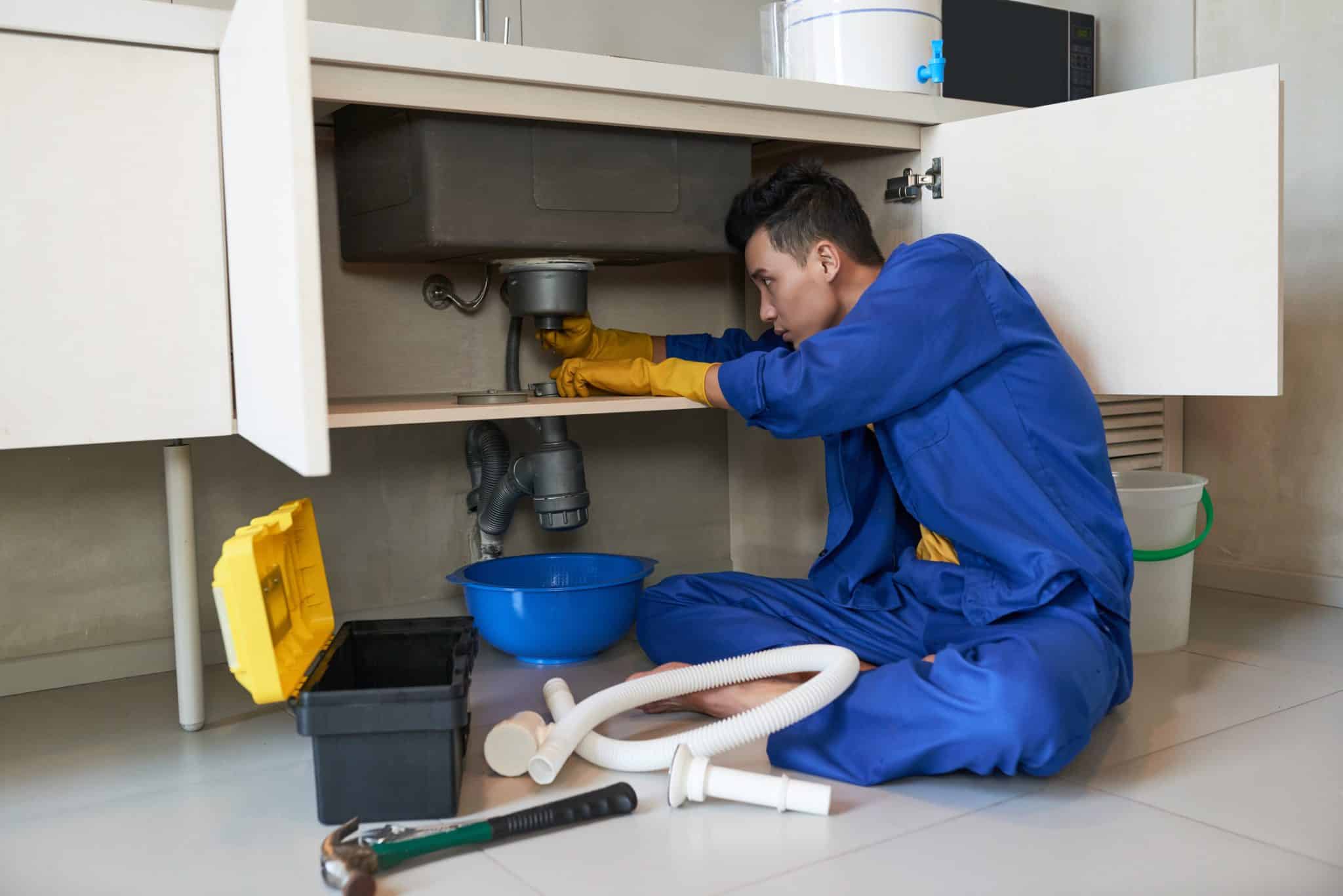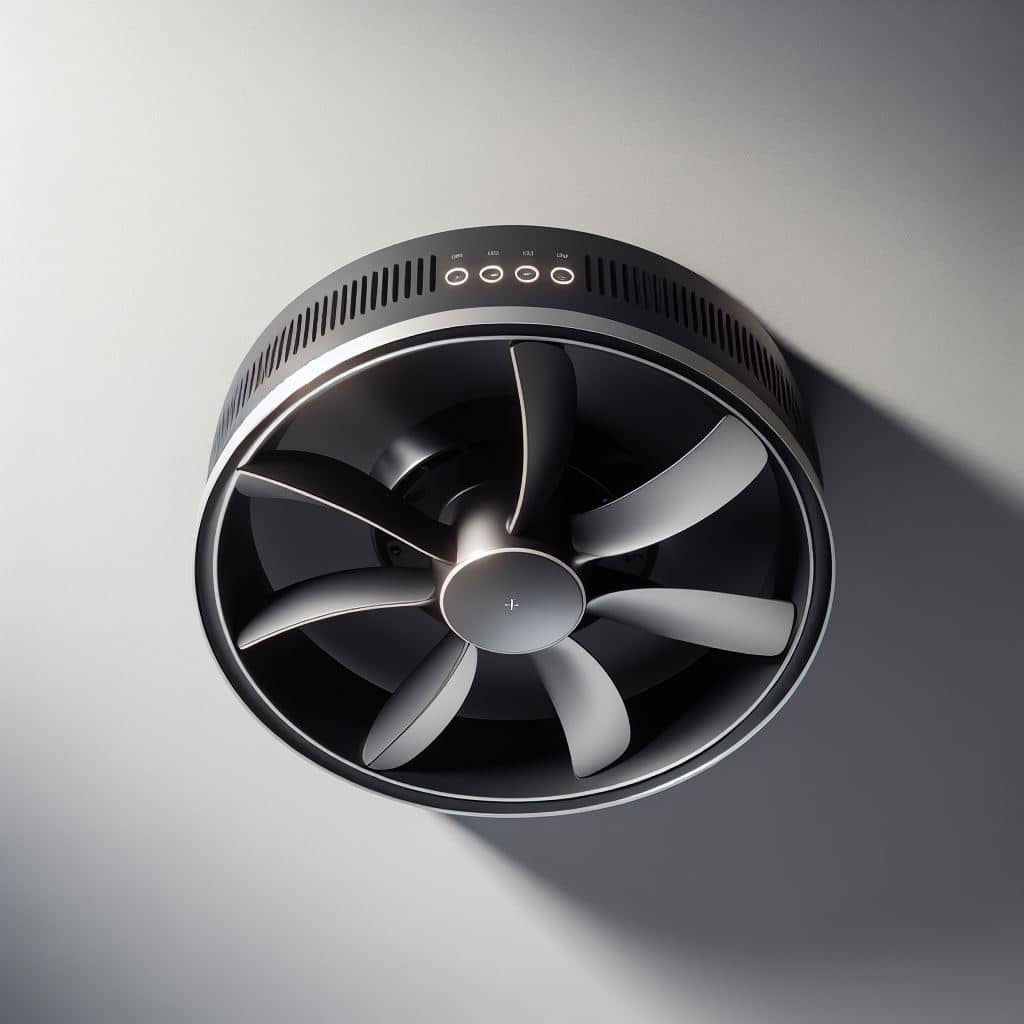You’ve probably seen them before and not even realized it. Those big, boxy fans that seem to move at impossible speeds, creating hurricane-force winds. Industrial air movers are the powerhouses of ventilation, able to clear out air in massive spaces like warehouses, factories, and gymnasiums. Though they often blend into the background, air movers play a crucial role in keeping facilities properly ventilated and workers comfortable on the job.
In this article, we’re going to lift the lid on these unsung heroes of HVAC and explore the different types of industrial air movers, how they work, and their applications. Whether you’re in charge of safety compliance at a manufacturing plant or just curious to understand what’s whirring away up in the rafters, it’s worth getting to know these devices that can move air at up to 100,000 cubic feet per minute. Power, versatility, and near-silent operation – air movers have it all. Join us as we uncover the powerful potential of these motors that move the air we breathe at work each day.
What Are Industrial Air Movers?
Industrial air movers, also known as air circulators or ventilation fans, are heavy-duty fans designed to quickly move massive amounts of air. They’re used in manufacturing facilities, warehouses, and other commercial settings.
Unlike regular fans, these powerful units can displace air over large open areas or down long aisles. They help regulate temperatures, reduce condensation and humidity, and improve air quality by circulating stagnant air.
The Many Uses of Industrial Air Movers
There are a few types of industrial air movers:
– Pedestal fans – Standalone floor fans ideal for open areas. They can tilt and oscillate to maximize airflow.
– Wall-mounted fans – Compact, space-efficient fans best for smaller areas. They’re mounted at an angle, usually near the ceiling, to create an airflow pattern that circulates the entire space.
– Ceiling fans – Large suspended units that can be installed individually or in series. They’re ideal for very high ceilings since the air is blown downwards in a wide pattern.
– Air circulators – Highly portable fans on wheels that can be moved between areas as needed. They work well in warehouses, factories and other large open spaces.
To determine what size and type of air mover you need, consider factors like the dimensions of the area, ceiling height, existing ventilation, and the level of airflow required. With the proper industrial air mover system in place, you’ll enjoy a comfortable, productive environment and efficient temperature control.
How to Choose the Right Industrial Air Mover for Your Needs
Industrial air movers, like centrifugal or axial fans, have so many useful applications in residential, commercial and industrial settings.
Circulation and Ventilation
The most common use is improving air circulation and ventilation. Place a few high-powered fans in a warehouse or factory and they’ll keep the air moving, preventing stagnation and keeping temperatures consistent. For homes or businesses, fans can ventilate and freshen the air in basements, attics or other areas prone to dampness or stuffiness.
Drying and Curing
Industrial air movers are ideal for speeding up drying or curing processes. Contractors use fans to dry out building materials like concrete, wood, plaster and paint. Farmers employ fans in barns to dry crops like hay, grain, tobacco, hemp or hops. Fans are also used in auto body shops, print shops and manufacturing to accelerate the drying and setting of paints, inks, adhesives and more.
Cooling and Exhaust
Strategically placed air movers can effectively cool large spaces by keeping the air circulating. They’re also commonly used to pull hot, humid, stale or polluted air out of environments by exhausting it outside. Restaurants, gyms, manufacturing facilities and warehouses all use industrial fans for cooling, ventilation and exhaust purposes.
With so many possible uses, industrial air movers should be an essential part of any residential, commercial or industrial setup. They’re relatively affordable, low-maintenance, and their ability to efficiently move massive volumes of air can solve many problems and significantly improve comfort, safety, productivity and more.



